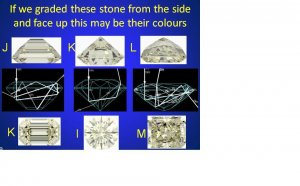- Joined
- May 1, 2008
- Messages
- 3,563
After a half-dozen long posts that's a good short summary.Date: 6/19/2008 11:08:25 AM
Author: strmrdr
I'm going to shock you with my answer but I feel this is bad for consumers also not just cutters.
1> another reason not to cut stones better if your going to get nailed on cut color and clarity why not just cut to the worst end of GIA EX and make more money? That means less diamonds cut the way I like them and higher prices for them as there is less supply.







300x240.png)